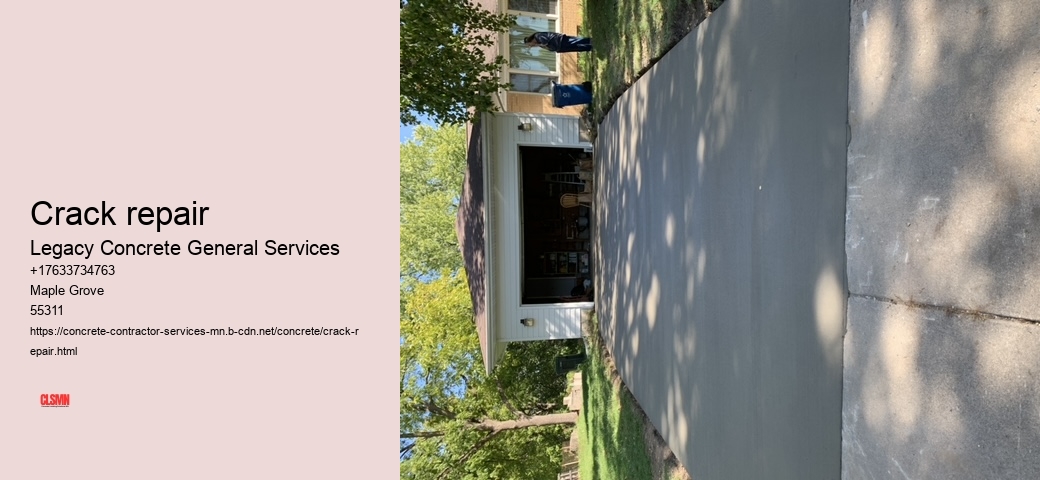Crack repair is an essential process that plays a vital role in maintaining the safety, durability, and aesthetics of various structures. Whether its a small crack in a residential wall or a significant fissure in a large bridge, addressing these imperfections promptly prevents further damage and ensures long-term stability. Cracks can appear in concrete, asphalt, wood, or even plaster due to factors such as wear and tear, environmental conditions, structural stress, or aging materials. Understanding the importance of crack repair not only helps preserve the integrity of structures but also contributes to cost savings by avoiding larger and more expensive fixes in the future.
The first step in any crack repair process is identifying the cause of the damage. Cracks can form for numerous reasons-settling foundations, temperature fluctuations causing expansion and contraction, or exposure to moisture over time. For example, cracks in concrete might result from improper curing during construction or heavy loads placed on its surface. By diagnosing the root cause of a crack, appropriate methods and materials can be chosen for an effective repair.
Once the source has been identified, selecting the right technique becomes critical. For minor cracks in walls or ceilings caused by superficial issues like shrinkage or minor movement, simple repairs using fillers such as caulk or joint compound may suffice. On the other hand, repairing cracks in load-bearing structures like roads or bridges often requires specialized techniques like epoxy injection to restore strength and prevent further deterioration. In some cases where damages are extensive or structural integrity is compromised, reinforcing materials like steel bars or carbon fiber sheets may need to be integrated into the repair.
The execution of crack repair demands attention to detail and proper preparation. Cleaning out debris from within the crack ensures that no dirt or loose material interferes with adhesion when filling it with sealing compounds.
Crack repair - Epoxy
- Climate
- Patio
- Basement
- Tools
Beyond just repairing visible damage lies another crucial aspect: prevention of recurrence. Applying protective coatings against water penetration can minimize future risks for cracks caused by moisture ingress. Regular maintenance checks allow early detection of small vulnerabilities before they escalate into major problems.
In addition to its functional benefits, crack repair has aesthetic advantages too. Visible cracks on buildings diminish their appearance significantly; timely repairs restore visual appeal while also giving occupants peace of mind about structural soundness.
Crack repair is more than just patching up flaws-it's about preserving safety and functionality while preventing potential hazards down the line. Basement Neglecting even seemingly insignificant cracks could lead to severe consequences such as collapsing walls or failing roadways that endanger lives and property alike.
To summarize: whether it involves fixing minor hairline fractures at home DIY-style or employing advanced engineering solutions on large-scale infrastructure projects-crack repair remains indispensable across all contexts where human-made constructions exist!
Crack repair - Epoxy
- Sealers
- Epoxy
- Basement
- Tools
